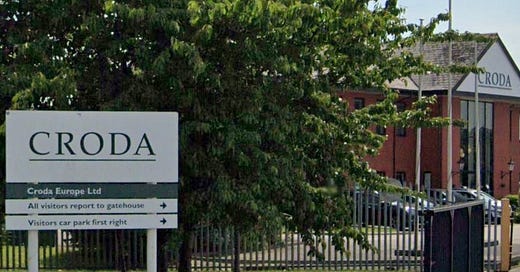Highlights
Shares has limited downside but potentially dramatic upside
Customer de-stocking is industry-wide and one-off in nature
Shares are at 24x 2023 EPS even if H1 weakness continues
At 4,712p, base case is 58% upside (15.6% p.a.) by end of 2026
IRR can be much higher if sentiment improves or a buyer emerges
Introduction
We revisit Croda after shares have fallen a further 15% since our last update in June to their lowest since May 2020:
Croda Share Price (Last 5 Years)
Source: Google Finance (28-Sep-23).
We have tracked Croda intermittently for more than 5 years. Our most recent involvement began on June 9, when the company issued a profit warning and shares fell 12.5%, and we bought a small position at around ~£52. We published our research online with a Buy rating on June 15 (when the share price was ~£55), but exited our position on June 28 (also at ~£55) after a lack of momentum in the shares. We have reinitiated a small position in Croda at ~£48 this morning.
We believe Croda now has l…




